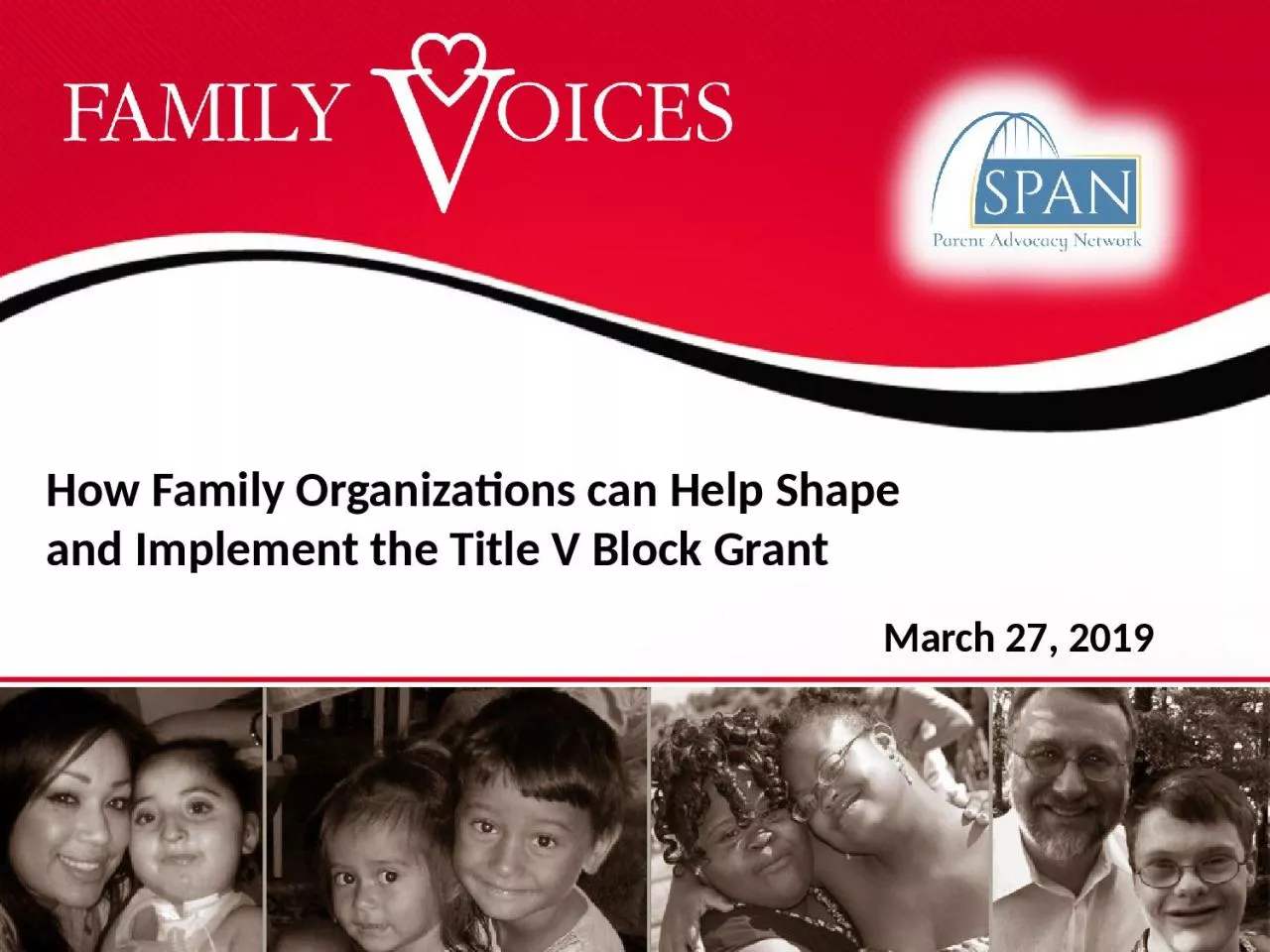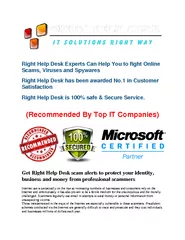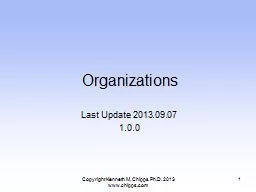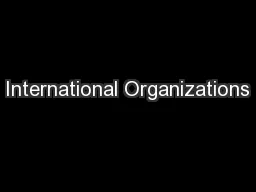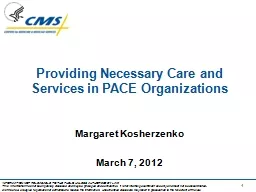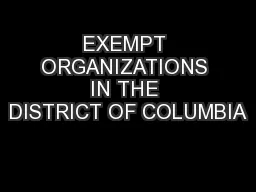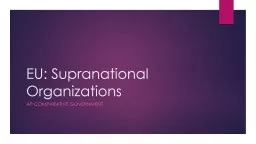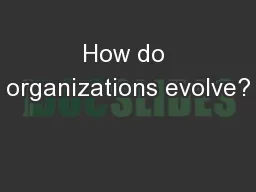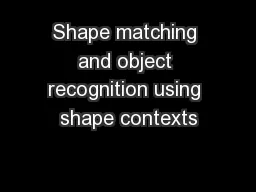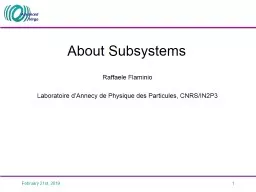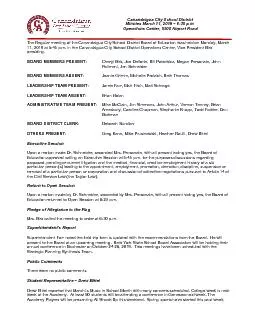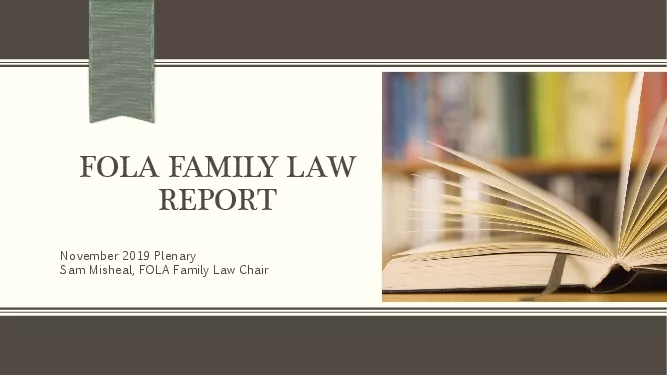PPT-March 27, 2019 How Family Organizations can Help Shape
Author : beatrice | Published Date : 2024-02-09
and Implement the Title V Block Grant Learning Objectives Opportunities for F2FsFV SAOs to contribute to the Title V Needs Assessment amp Block Grant Development
Presentation Embed Code
Download Presentation
Download Presentation The PPT/PDF document "March 27, 2019 How Family Organiza..." is the property of its rightful owner. Permission is granted to download and print the materials on this website for personal, non-commercial use only, and to display it on your personal computer provided you do not modify the materials and that you retain all copyright notices contained in the materials. By downloading content from our website, you accept the terms of this agreement.
March 27, 2019 How Family Organizations can Help Shape: Transcript
Download Rules Of Document
"March 27, 2019 How Family Organizations can Help Shape"The content belongs to its owner. You may download and print it for personal use, without modification, and keep all copyright notices. By downloading, you agree to these terms.
Related Documents

